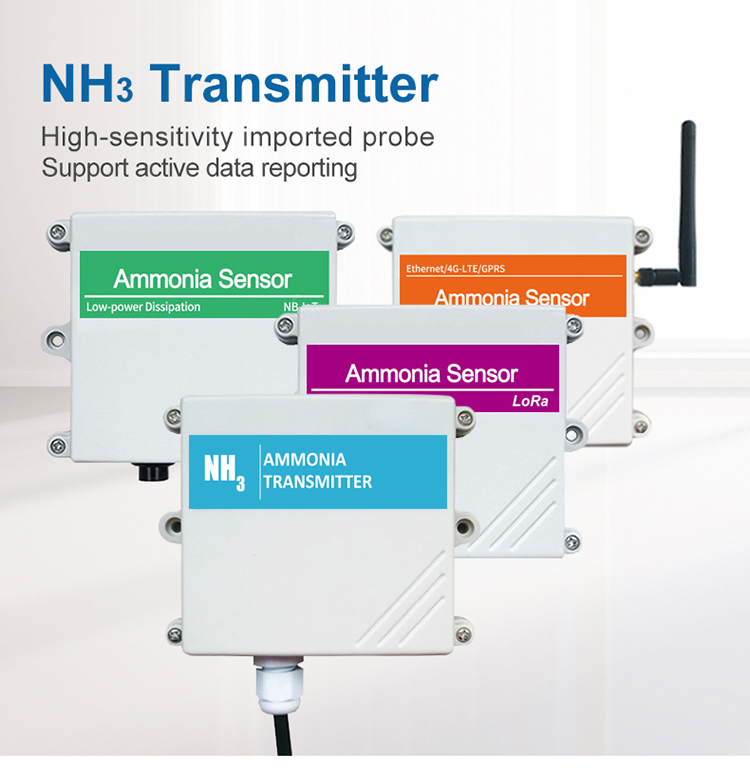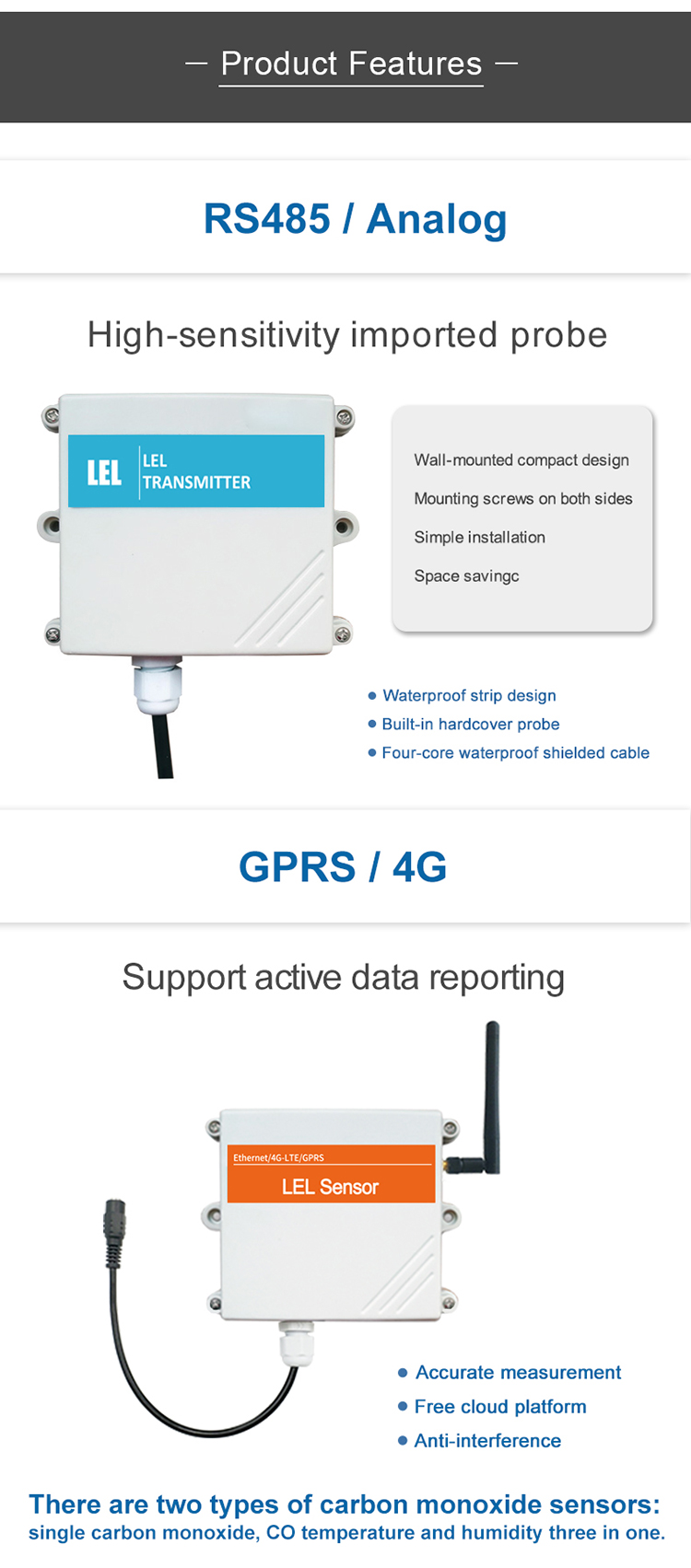Ammonia sensor

These ammonia sensor are measure the concentration of ammonia in the air, and to provide an alert when the level exceeds safe limits.
In this article, we will explore the operation and benefits of ammonia sensors, and discuss their importance in protecting workers and the environment. For this reason, it is essential that industrial facilities have effective monitoring systems in place to detect any unsafe levels of ammonia in the environment.
How Do Ammonia Sensors Work?
Ammonia sensor operate on a variety of principles, including electrochemical, optical, and catalytic methods. Each type of sensor has its own strengths and weaknesses, depending on factors such as sensitivity, accuracy, and reliability.
Electrochemical sensors are perhaps the most widely used type of ammonia sensor. They consist of a small, battery-powered device that contains a sensing element and an electronic circuit. When ammonia gas comes into contact with the sensing element, it triggers a chemical reaction that generates an electrical signal. This signal is then transmitted to the circuit, which processes the data and displays the results on a digital screen.

Optical sensors work by using light to detect the presence of ammonia. When light shines on a sample of air containing ammonia, the gas absorbs energy from the light, causing the light to be absorbed or filtered in a specific way. By measuring these changes in the light signal, the sensor can accurately determine the concentration of ammonia in the air.
Catalytic sensors work by using a chemical reaction to detect the presence of ammonia. The sensor contains a catalyst that reacts with ammonia to produce a measurable change in the electrical conductivity of the sensor material. This change is then detected and processed electronically, providing an accurate measurement of the ammonia concentration.
Benefits of Ammonia Sensors
One of the primary benefits of ammonia sensors is their ability to detect potentially hazardous levels of the gas in the environment. By monitoring the air for ammonia, these sensors can alert workers to the presence of a danger before it becomes a serious threat. This can be especially important in large industrial facilities, where there may be many areas where ammonia could potentially accumulate.

Another benefit of ammonia sensors is their ability to provide real-time data about the levels of ammonia in the environment. By continuously monitoring the air, these sensors can detect changes in the concentration of ammonia and provide instant alerts if unsafe levels are reached. This allows workers to take action quickly to minimize exposure and prevent harm.
In addition, ammonia sensors can help to reduce costs associated with health and safety incidents. By detecting unsafe levels of ammonia early on, these sensors can prevent costly shutdowns and delays, and minimize the risk of accidents or injuries.
Choosing the Right Ammonia Sensor
When selecting an ammonia sensor, there are a number of factors to consider. One of the most important factors is sensitivity. The sensor should be able to detect ammonia at levels that are well below the safety limits established by regulatory agencies.

Another important consideration is accuracy and reliability. The sensor should provide accurate and consistent readings over time, with minimal drift or variation. The device should also be designed to operate reliably in the specific environment where it will be used, taking into account factors such as temperature, humidity, and exposure to other gases or chemicals.
Finally, it is important to consider the cost and maintenance requirements of the sensor. Some sensors may require regular calibration or replacement of sensing elements, which can add to the overall cost of the monitoring system.
Conclusion
Ammonia sensors are a critical tool in protecting workers and the environment from the risks posed by this dangerous gas.By continuously monitoring ammonia in the air, these sensors provide the necessary data to enable workers to take appropriate action to prevent injury. When choosing an ammonia sensor, it is important to consider sensitivity, accuracy, reliability and cost in order to choose the device that offers the best.